
Finished reading: Out of the Silent Planet by C.S. Lewis 📚

Finished reading: Out of the Silent Planet by C.S. Lewis 📚
Kristyn took this one on her NYC trip
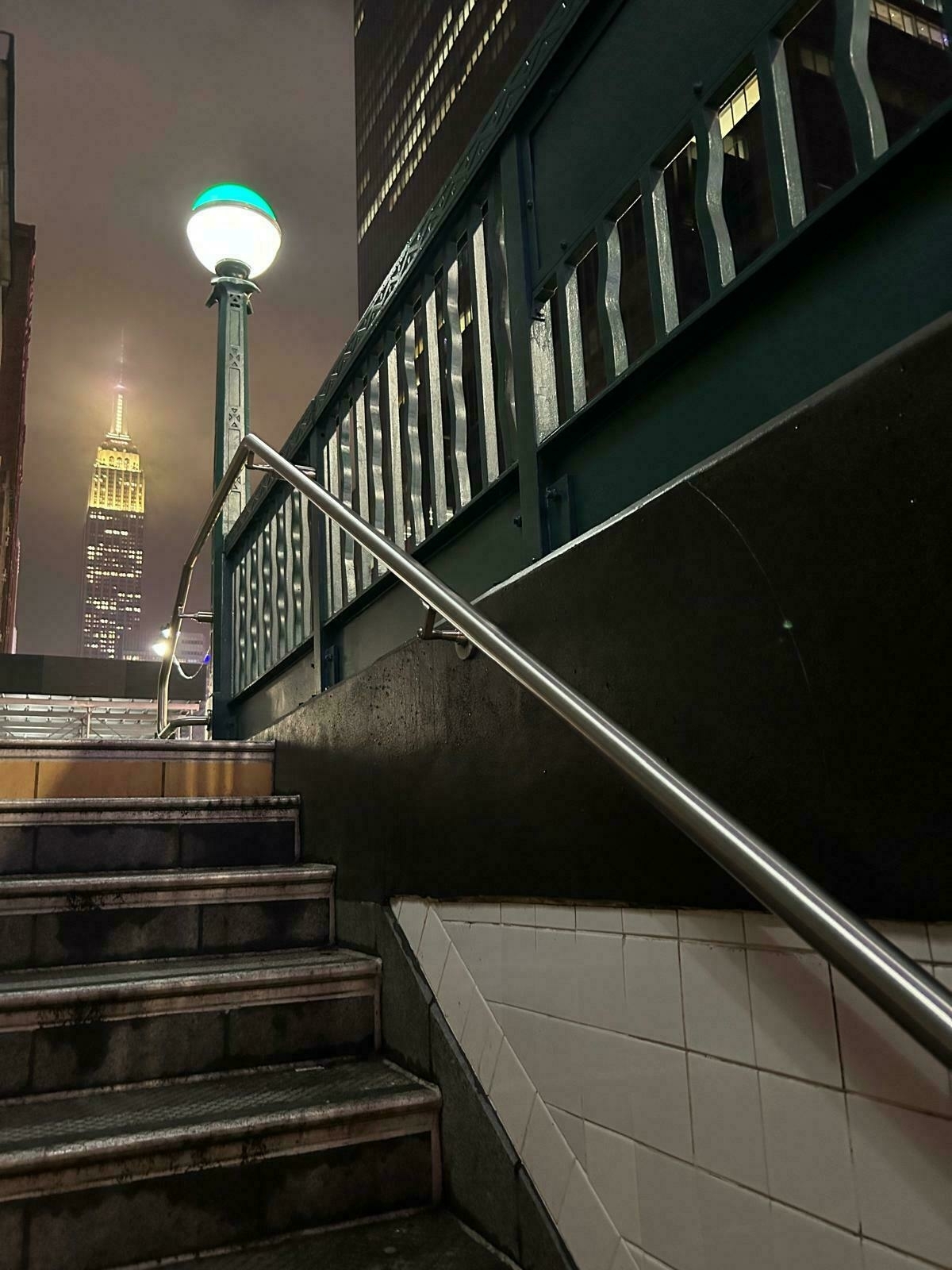
They just don’t make ‘em like they used to (in this case: covers to popular Christian books):

As wild as it initially appears, though, the cover becomes slightly more explicable when you read the first page of the book:
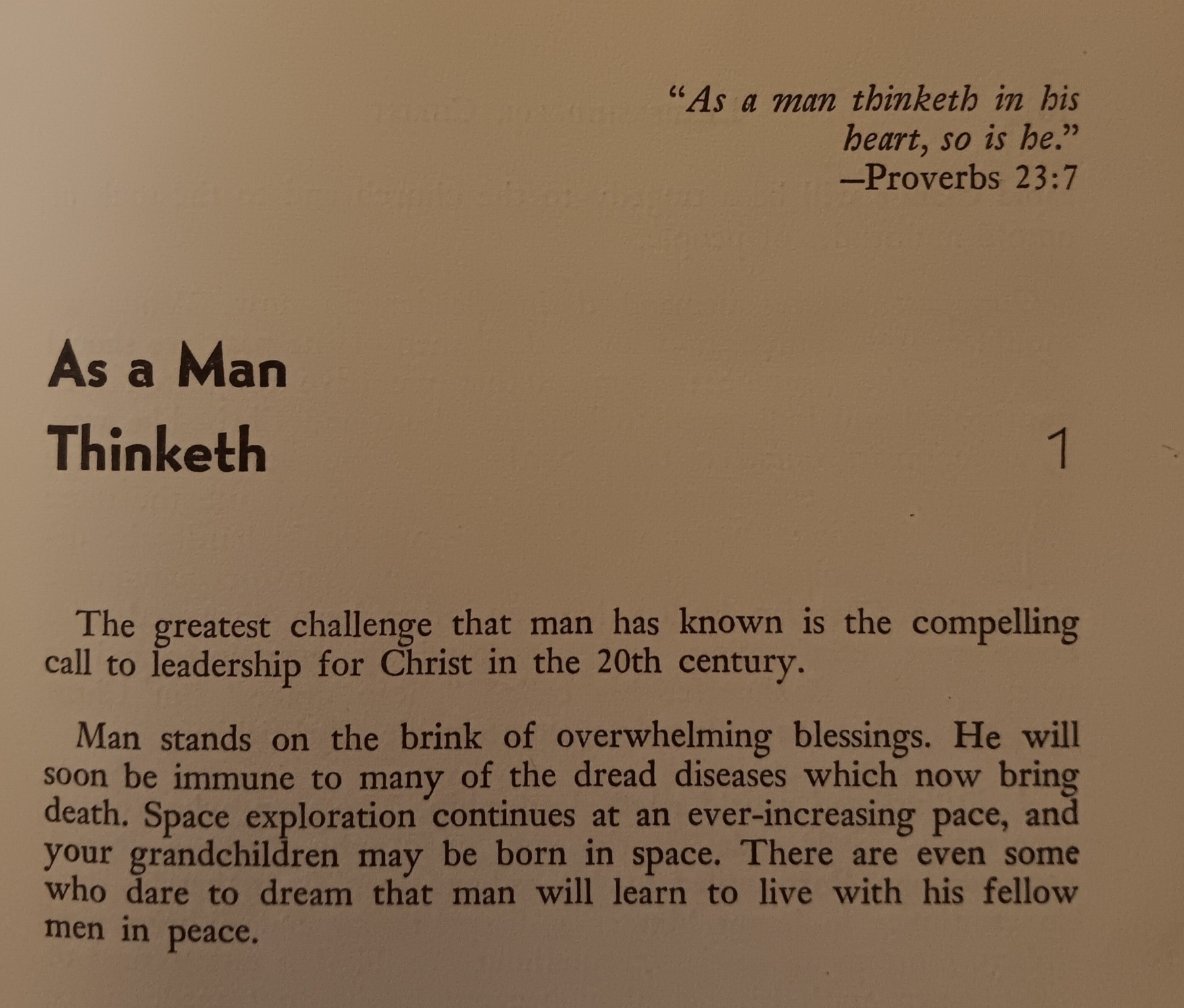
I think you can gather the gist of the book from surveying some of the graphics sprinkled throughout:
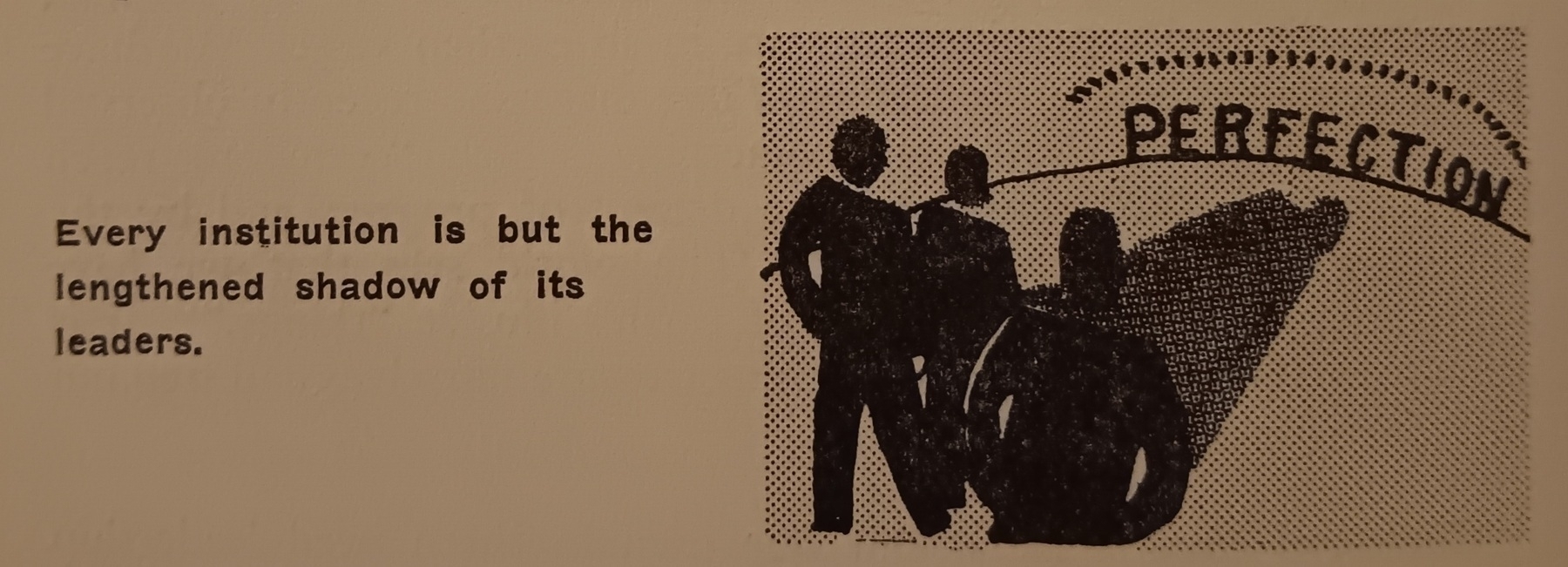
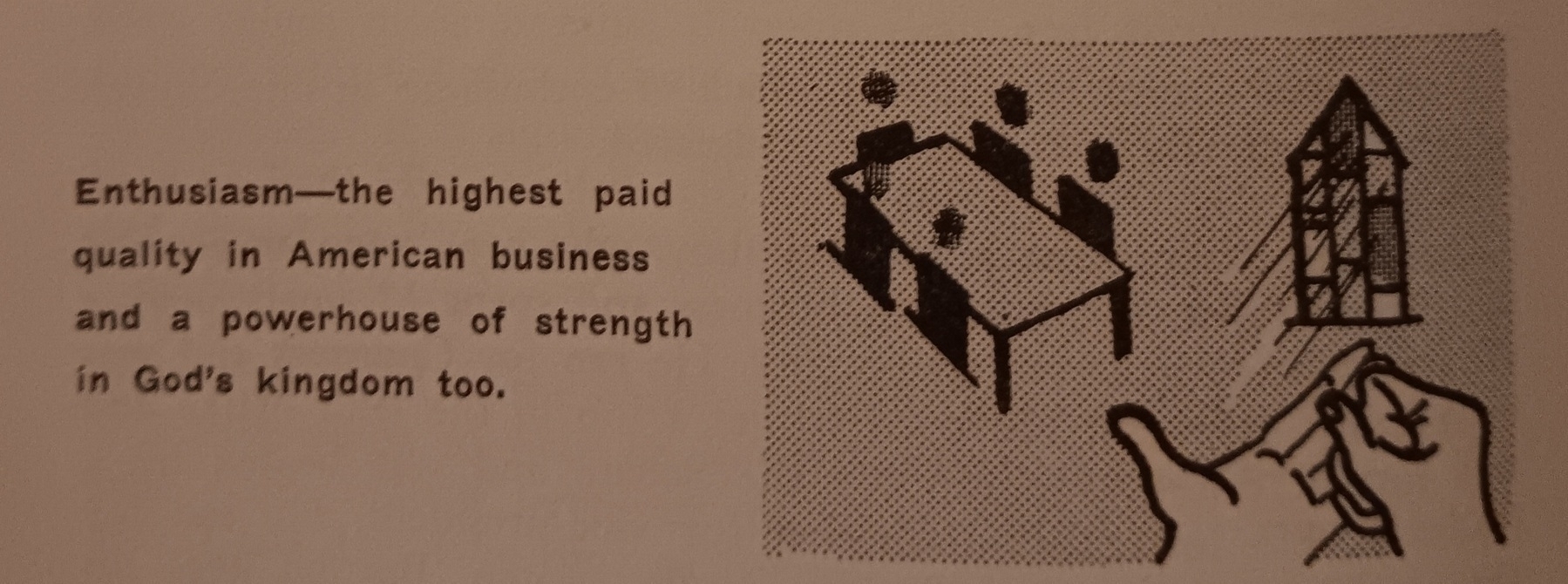
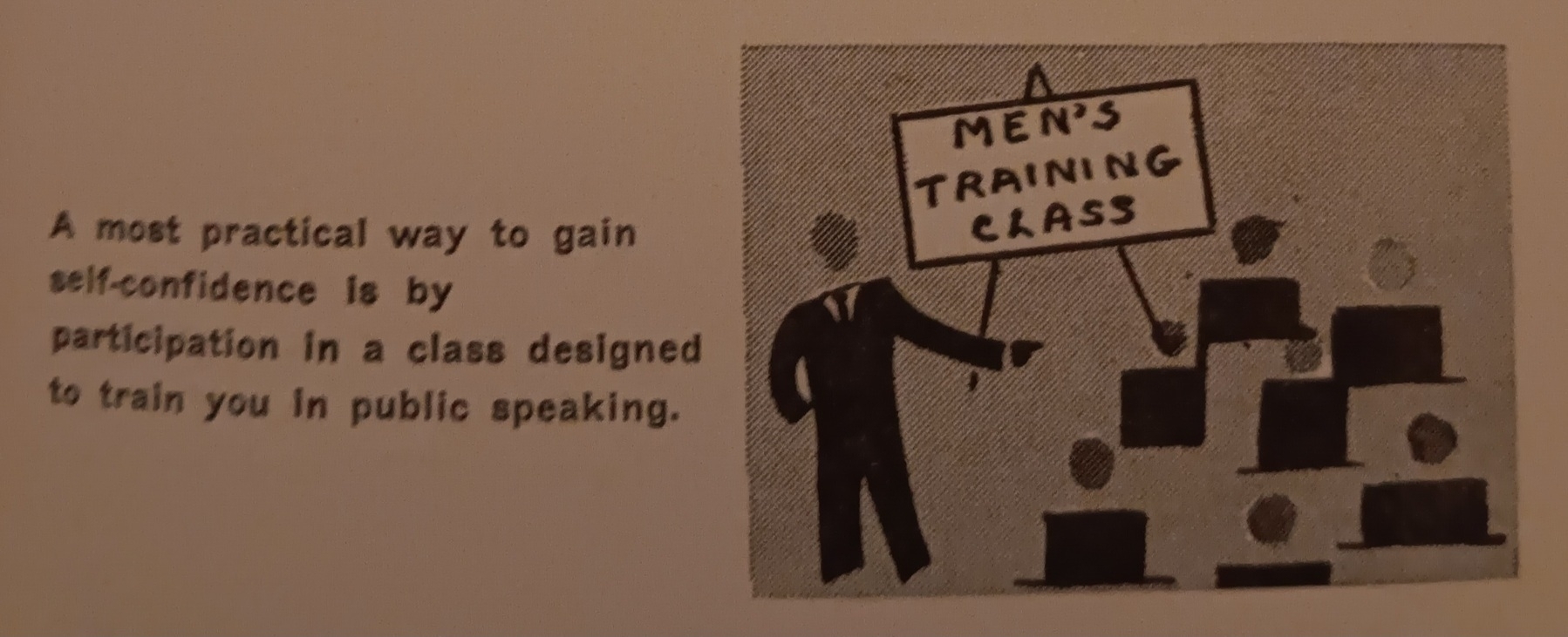
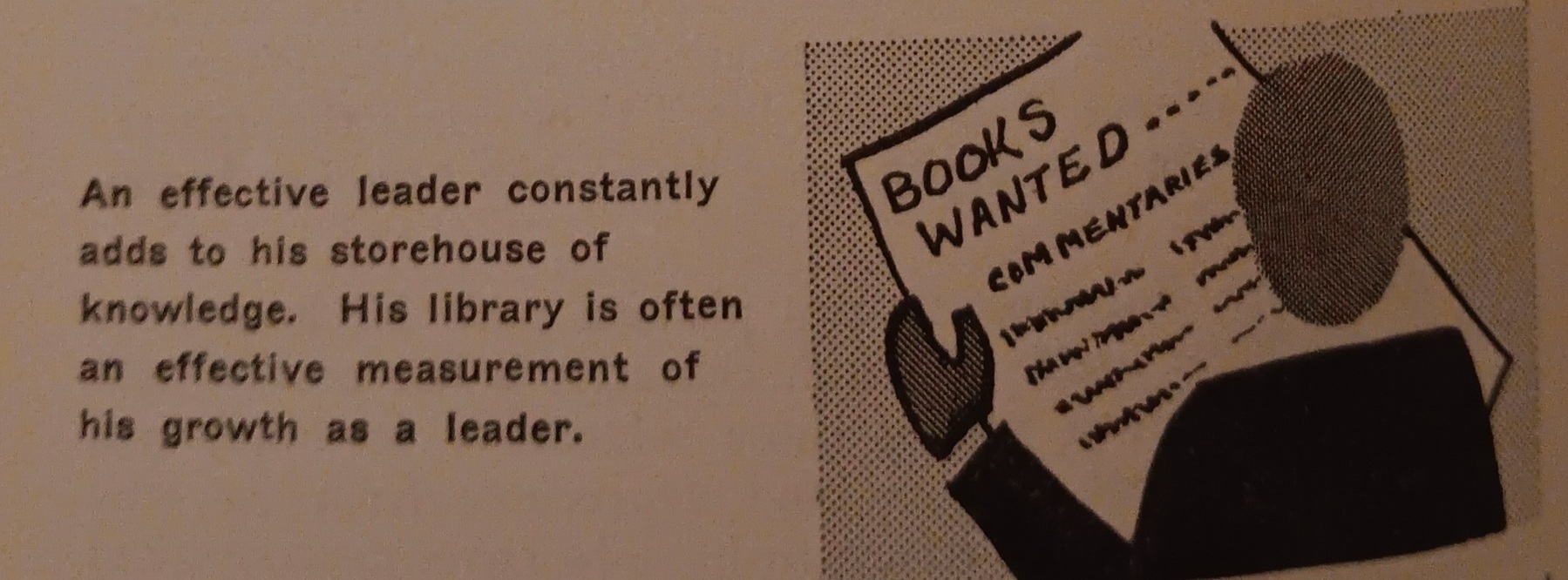
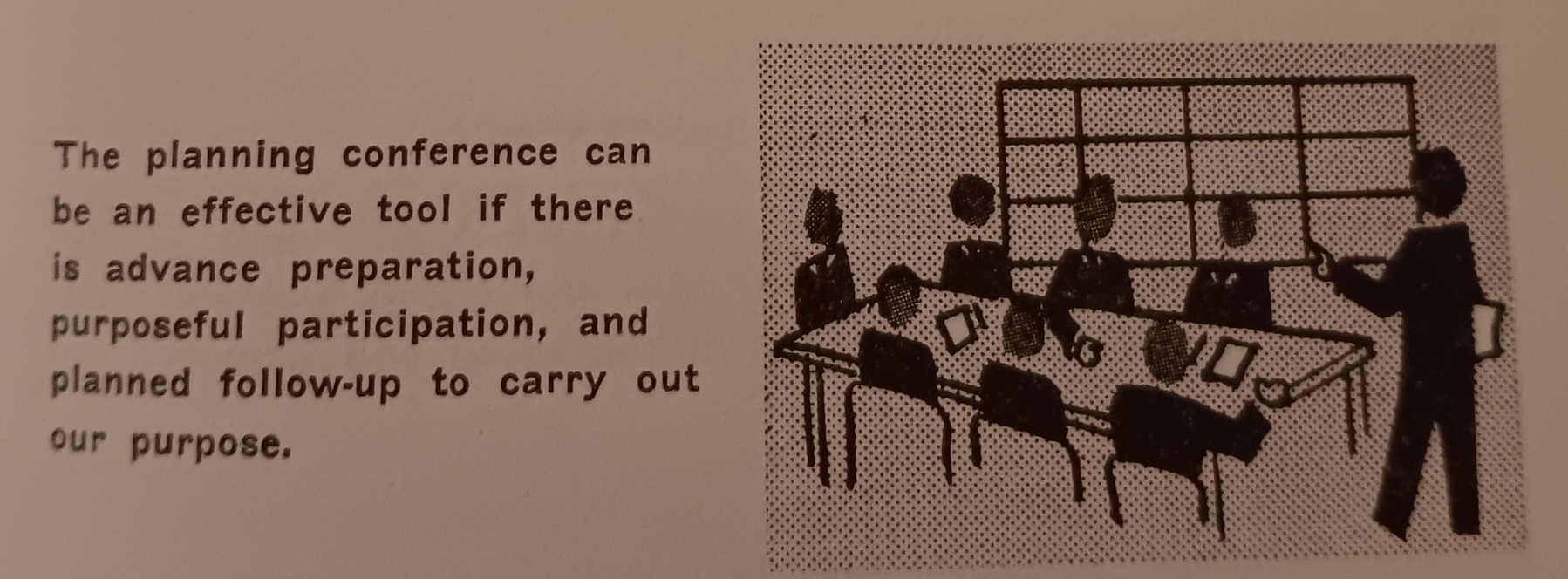
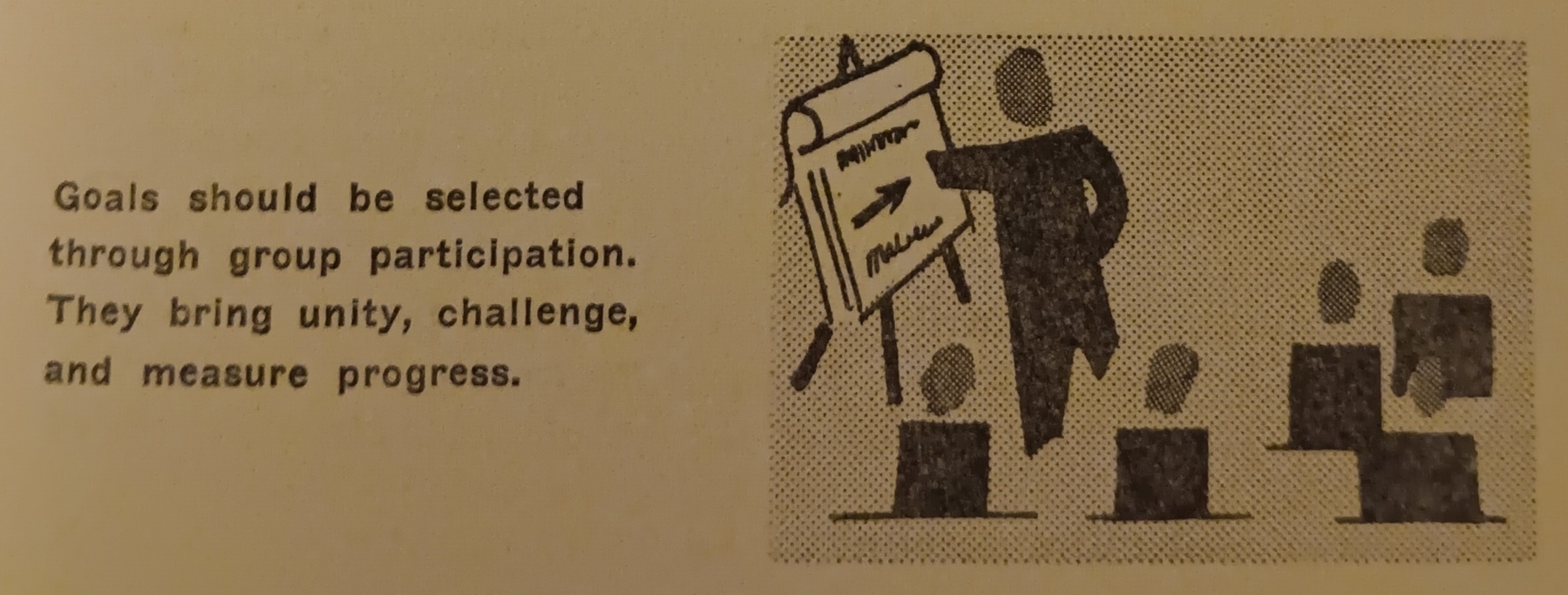
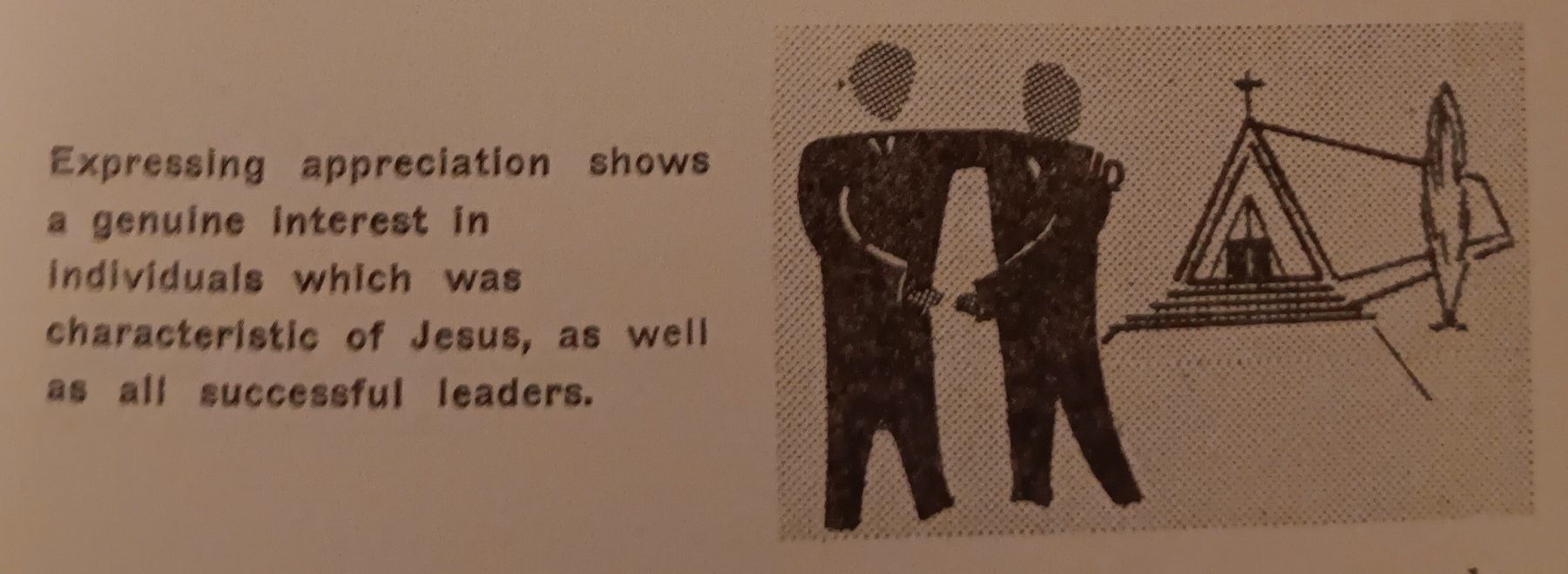
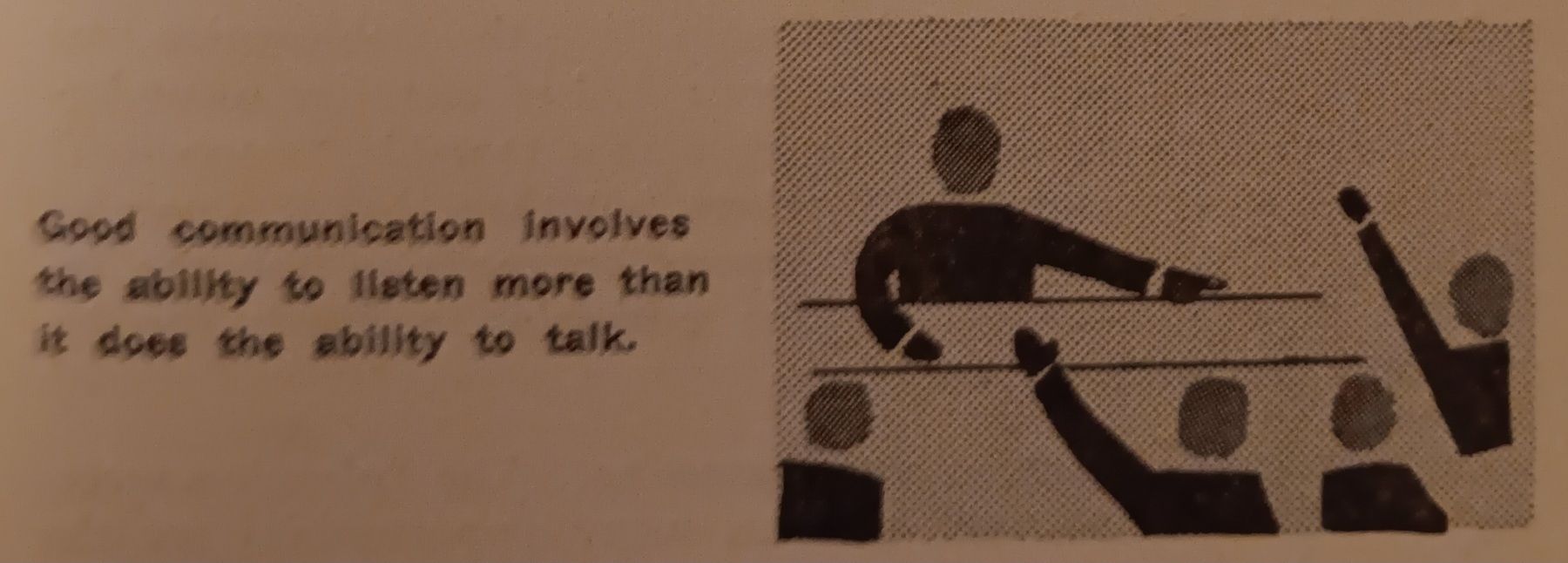
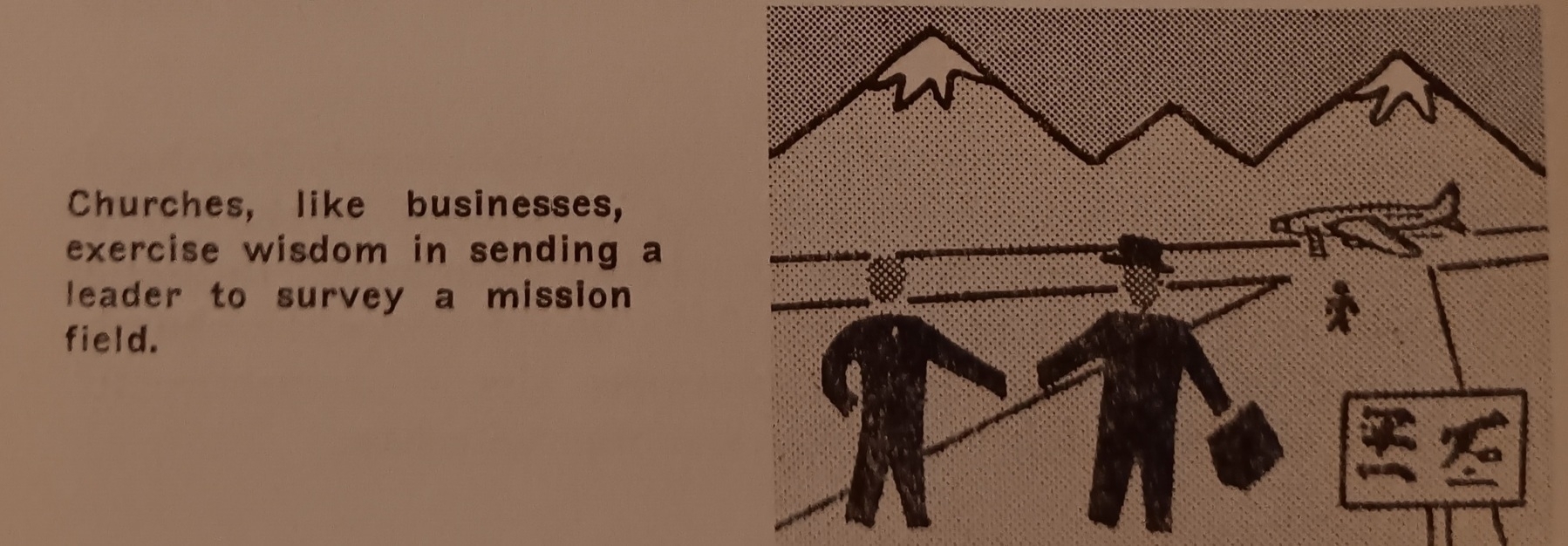
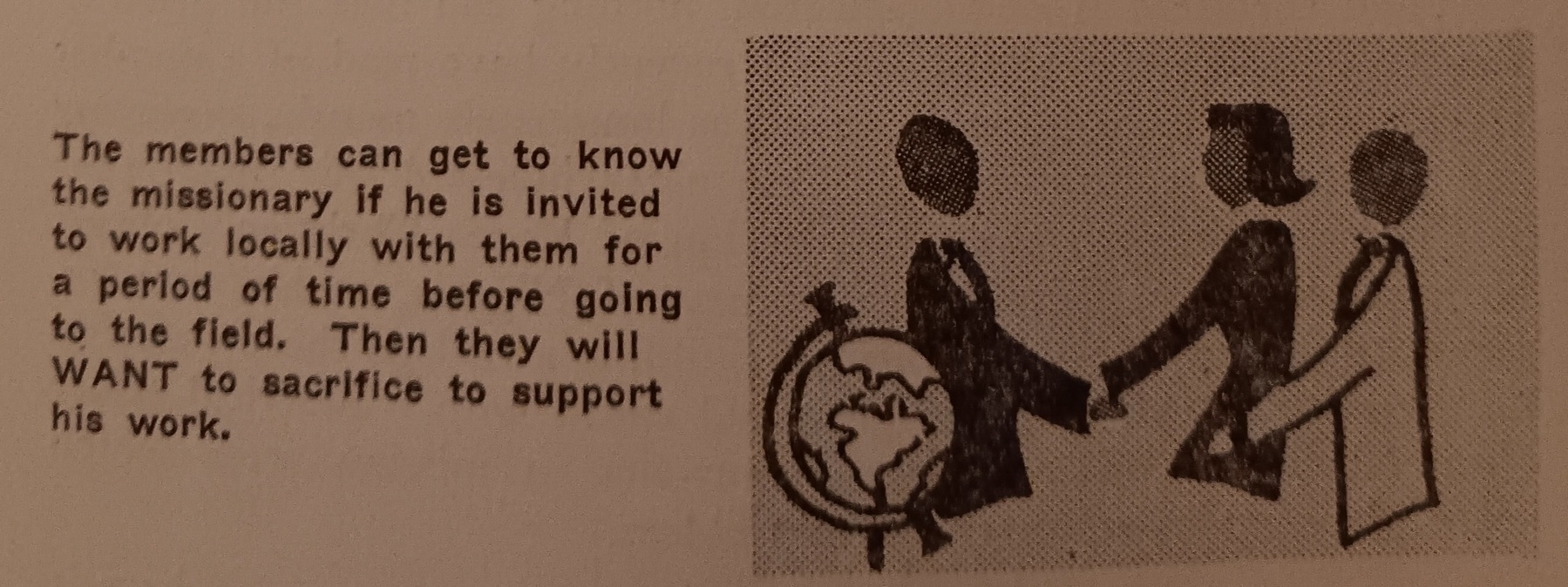
I appreciate the Petersonian note sounded in this one:
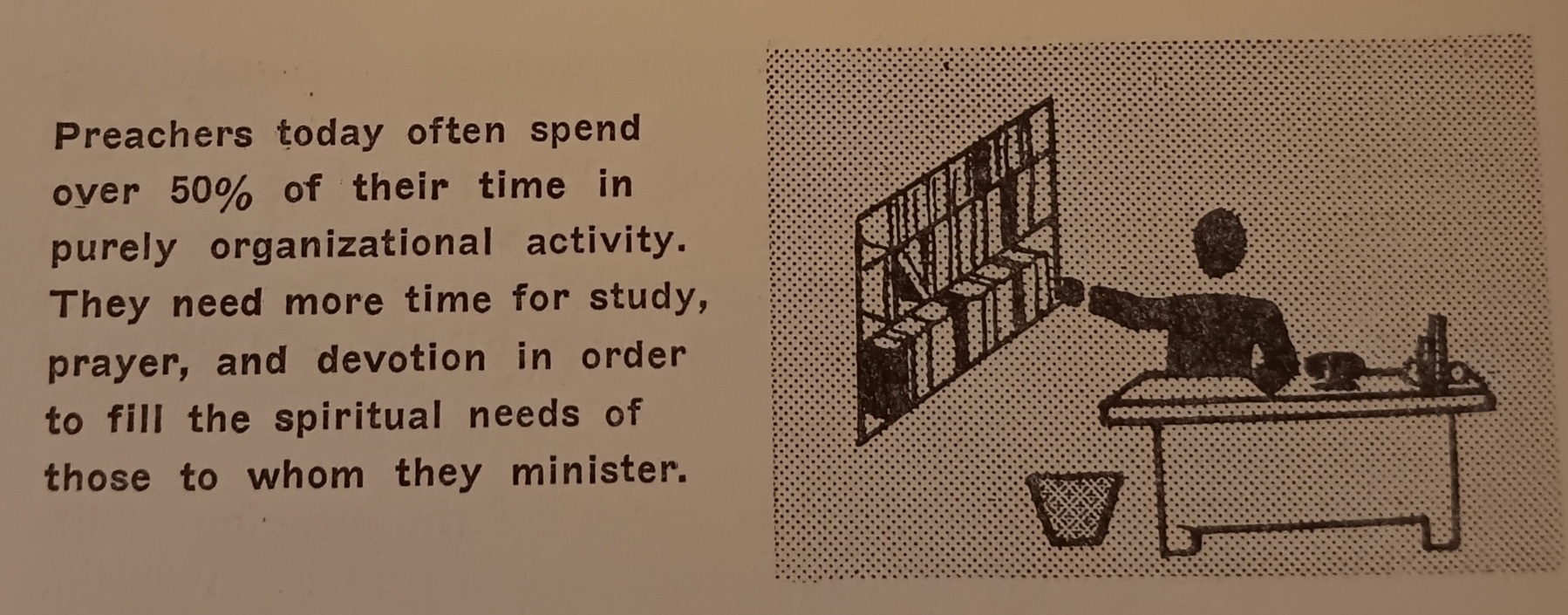
George Marsden, concluding a chapter on evangelicalism since 1930 (published in 1991):
One of the striking features of much of evangelicalism is its general disregard for the institutional church. Except at the congregational level, the organized church plays a relatively minor role in the movement. Even the local congregation, while extremely important for fellowship purposes, is often regarded as a convenience to the individual. Ultimately, individuals are sovereign and can join or leave churches as they please. Often they seem as likely to choose a church because it is “friendly” as to do so because of its particular teachings. Denominational loyalties, although still significant for substantial numbers of evangelicals, are incidental for many others, especially those with a transdenominational consciousness who have attempted to bring unity to the movement.
Given this situation, it is remarkable that American evangelicalism has the degree of coherence it does. Little seems to hold it together other than common traditions, a central one of which is the denial of the authority of traditions. Nonetheless, one can attend apparently unconnected evangelical churches at opposite ends of the country and, as likely as not, find nearly identical teachings on most subjects. Probably the principles of the mass market, which emphasize standardization and national campaigns, are primary forces that help maintain this considerable evangelical uniformity.
Whether such centripetal forces for coherence or some countervailing centrifugal forces will prevail is difficult to tell. Perhaps what has been happening over the past two decades is that the traditional transdenominational core has become subordinate to several parties (the charismatic, the conservative-nationalistic political, the progressive evangelical), and that these parties will soon be as distinct as were the mid-twentieth-century fundamentalist and modernist heirs to nineteenth-century evangelicalism. One cannot predict with assurance. Yet, given evangelicalism’s typically informal sense of the church, it is difficult to see how any single party could come to dominate and hold the larger movement together. Perhaps it will continue to develop in the form of sympathetic parallel manifestations of related traditions.
One other chief consequence of the lack of an institutional church base, and of the declining role of the traditional denominations, is that evangelicalism’s vaunted challenge to the secular culture becomes increasingly difficult to sustain. The movement depends on free enterprise and popular appeal. To some extent conservative churches grow because they promise certainty in times of uncertainty, in the name of the old-time gospel. Yet, with few institutional restraints on what message may legitimately be proclaimed, the laws of the market invite mixes of the gospel with various popular appeals. So the evangelical challenges to the secular “modern mind” are likely to be compromised by the innovative oversimplifications and concessions to the popular spirit of the age. Hence, as is so often the case in church history, the advance of the gospel is bound up with the advance of secularization within the church. Perhaps this conjunction is inevitable in a fallen world. The tares will grow with the wheat.
Loving one’s enemies leads disciples to the way of the cross and into communion with the crucified one. But the more the disciples are certain to have been forced onto this path, the greater the certainty that their love remains unconquered, that love overcomes the hatred of the enemy; for it is not their own love. It is solely the love of Jesus Christ, who went to the cross for his enemies and prayed on the cross for them. Faced with the way of the cross of Jesus Christ, however, the disciples themselves recognize that they were among the enemies of Jesus who have been conquered by his love. This love makes the disciples able to see, so that they can recognize an enemy as a sister or brother and behave toward that person as they would toward a sister or brother. Why? Because they live only from the love of him who behaved toward them as toward brothers and sisters, who accepted them when they were his enemies and brought them into communion with him as his neighbors. That is how love makes disciples able to see, so that they can see the enemies included in God’s love, that they can see the enemies under the cross of Jesus Christ. God did not ask me about good and evil, because before God even my good was godless. God’s love seeks the enemy who needs it, whom God considers to be worthy of it. In the enemy, God magnifies divine love. Disciples know that. They have participated in that love through Jesus.
George Marsden, summarizing how certain positive signs of “health” for American Protestants at the end of the nineteenth century tended to obscure the deeper realities of secularization at work in American life:
American Protestants in the late nineteenth century…faced a peculiar situation. Externally, they were successful. One could see that from the great stone edifices that were gracing the street corners of cities and towns. Internally, also, they could point to some real spiritual health. Millions of men, women, and young people were profiting from their ministry, growing spiritually, and dedicating their lives toward serving God and their fellows. Enthusiasm for foreign missions, for instance, had never been higher, and the motives for those who made arduous journeys to foreign lands were often self-sacrificial. Many others served their neighbors in quiet ways that were never recorded. And while in many public areas the impact of Protestant Christianity was receding, in countless private ways—especially in family life and the teaching of virtue and responsibility—the influences were strong and positive.
Nonetheless the success was deceptive. Behind it…lurked problems of immense magnitude: formidable intellectual challenges were eroding faith in the Bible, and massive migration to cities and immigration of non-Protestant people produced a secularism that removed much of the nation’s life from effective religious influence. The problems were huge, perhaps in human terms insurmountable. Yet the success itself had a tendency to obscure the dimensions of the crises. It also sometimes had the effect of inviting superficial solutions, such as working to preserve Protestant respectability but at the expense of a prophetic Protestant message that would challenge, rather than simply confirm, the value systems that were coming to control American life.
It amazes me how seamlessly Marsden’s analysis can be extended—with very little modification—to the present-day. The factors he mentions continue to be decisive contributors to this process: urbanization, higher education, science, economic life, and politics. And similar to that day, Protestants today can point to some “encouraging trends” to avoid reckoning with how thoroughly secular American culture has become, church attendance and all the rest notwithstanding. This is why James Davison Hunter says “our contemporary culture is a culture of nihilism without nihilists.” He continues,
Most Americans still believe in God, for example, even in 2024. Yet our public culture is overwhelmingly and insistently secular in character. The same holds true for nihilism. Despite the intentions or motivations of individual actors, and despite the idealistic mantras our politicians and pundits chant to their children (and themselves) before they go to bed, nihilism is the operative reality of contemporary public life.
It would seem that the roots of our nihilistic culture run much deeper than many of us might realize (or care to admit). Further, to acknowledge this is not to deny the pervasive influence of Protestant Christianity on American culture, but rather to recognize the complex relationship that has existed between these forces for quite some time.

Currently reading: Understanding Fundamentalism and Evangelicalism by George Marsden 📚
Kristyn is in New York for a few days with her mom and sister; they’re enjoying NYC at Christmas time. Lily, Bella, and I are trying to make the most of things while she’s gone. Yesterday, we had a blast ice skating at the Long Center with their grandpa (“Poppa” is what they call him).






Finished reading: The Emotionally Healthy Leader by Peter Scazzero 📚
A little repetitive, but overall a very useful book. Lots of wisdom about tending to your inner life (facing your shadow, leading out of your marriage, slowing down for loving union, practicing Sabbath delight) and how that transforms your outer life (planning and decision making, culture and team building, power and wise boundaries, endings and new beginnings).